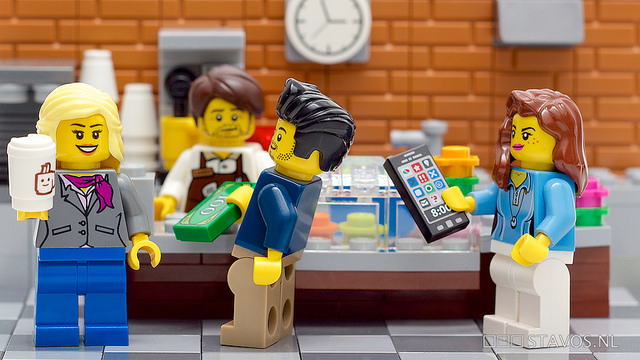
18 Feb Customer Retention Strategies that Work
In an article published in the Harvard Business Review, September-October 1990 entitled “Zero Defections: Quality Comes to Services”, Bain and Company, working with Earl Sasser of Harvard Business School analyzed the costs of revenues derived from servicing customers over their entire purchasing life cycle. What they found is that increasing customer retention rates by 5% increases profits by 25% to 95%. This staggering statistic marked the beginning of a continuing trend towards establishing customer retention strategies.
Customer retention strategies, unlike many customer acquisition strategies such as lead generation or marketing campaigns, can take time to yield results. The goal is to build customer loyalty in order to prevent the customer from taking their business elsewhere even when the going gets tough.
The customer retention strategy needs to be threaded throughout the entire organization. You must start with the foundation of every organization, its people.BUILDING EMPLOYEE LOYALTY is the first step towards building customer loyalty. There isn’t a one-size-fits-all culture, but you must find and build the one that is right for your organization. When given all of the necessary tools to succeed, employees who are motivated and empowered with goals aligned with that of the organization will go above and beyond to build customer loyalty.
The second step towards creating customer loyalty is to DEVELOP REMARKABLE PRODUCTS. To do this, you must IDENTIFY YOUR CUSTOMER’S NEEDS. Successful companies take this a step further by identifying “white spaces” – unmet and unarticulated needs in their industry that create innovative opportunities. There are many ways to identify your customer needs including research, feedback, social media, and collaboration.
Next, LEVERAGE CUSTOMER RELATIONSHIPS by providing them with additional products and services. Customer retention rates naturally increase for customers who use more of your products and services. Develop good customer relationships by creating processes to provide customers with more products and services, create new business opportunities within existing customers, and develop goals and plans to create customer partnerships.
Last, but certainly not least, follow the three E’s of developing customer relationships:
- EMPOWER CUSTOMERS. Give customers the tools they need to succeed.
- ENGAGE CUSTOMERS. Understand your customer needs through continuous dialogue.
- EXCEED CUSTOMER EXPECTATIONS. Get things done easily, quickly, and right the first time.
In today’s environment where customers can defect with the click of a mouse, developing loyalty to increase retention is critical to success. Loyal customers stay longer, are more likely to purchase additional products/services, and are more profitable. That’s a bottom-line growth strategy any organization can appreciate.
Photo by: Stephan Pouw | stavos.nl
Sorry, the comment form is closed at this time.